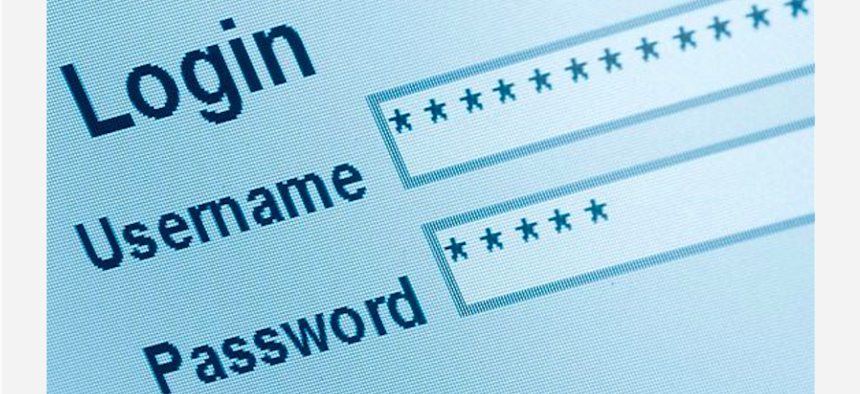
Wikimedia Commons user Albaniaman (Creative Commons)
You May Be the Weak Link in Federal Cybersecurity
Revelations of phishing attacks that breached Nuclear Regulatory Commission computers showcase the federal government's biggest cybersecurity vulnerability - its own employees.
The federal government’s cybersecurity vulnerabilities have been highlighted once again by revelations that hackers successfully breached Nuclear Regulatory Commission computers. Their cyber weapon of choice? Phishing emails - one of the oldest tricks in the book.
Phishing, or impersonating legitimate sources to bait people into giving away sensitive information, first caught on as a profitable hacking technique in the mid-1990s when scammers began baiting AOL users to reveal their passwords. Since then, phishing has become a mainstay of hacking techniques. In fact, it has become even more prominent in the last couple of years. Verizon’s 2014 Data Breach Investigations Report notes phishing rose from the ninth most common type of attack in 2012 to the third most common type last year, and the Anti-Phishing Working Group documented a 10.7 percent increase in the number of phishing sites in the first quarter of 2014 over the fourth quarter of 2013.
The phishing threat is especially concerning for federal agencies. In a recent survey by Government Business Council and Dell Software, senior federal employees familiar with cybersecurity indicated that phishing is the most significant cyber threat to their agencies. Sixty-six percent of the 424 respondents selected phishing/spear phishing as one of the top three cyber threats, more than any other option.
The top two cyber threats to agencies, phishing and email embedded with malware, suggests that the most glaring federal cybersecurity weakness may lie with agency personnel. It seems the intermittent cyber hygiene refresher courses employees receive are not getting through. When asked which areas of cybersecurity need the most improvement, survey respondents’ top choice was workforce education (52 percent). The only other area identified as needing significant improvement by a majority of respondents was risk management (51 percent), bolstering the argument that people and processes, not necessarily technology, form the crux of the federal cybersecurity problem.
At a recent Nextgov event on the future of federal cybersecurity, government and industry leaders suggested a way forward that prioritizes people and processes over advanced technologies. Department of Homeland Security Deputy Assistant Secretary for Cybersecurity Bobbie Stempfley said that cybersecurity is an unbounded problem, but the greatest need is in developing a workforce with the right expertise. Pension Benefit Guaranty Corporation CIO Barry West argued that organizations can’t look at cybersecurity as just another issue they deal with; they must internalize it as an integral element of nearly all business functions. Kaspersky Government Security Solutions, Inc. President and General Manager Adam Firestone added that the acquisition community, in particular, needs greater cybersecurity expertise to ensure security is not just a “tail-end” concern when procuring products and systems.
Even as cyber threats continue to evolve and become more sophisticated, agencies’ best defense remains a cyber-wary workforce.
For more from GBC on federal cybersecurity check out our new research:
Survey report: “Achieving Holistic Federal Cybersecurity”
Issue brief: “The Human Factor at the Core of Federal Cybersecurity”
Infographic: “Inside Federal Cybersecurity”
This post is written by Government Business Council; it is not written by and does not necessarily reflect the views of Government Executive Media Group's editorial staff. For more information, see our advertising guidelines.



